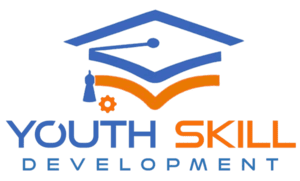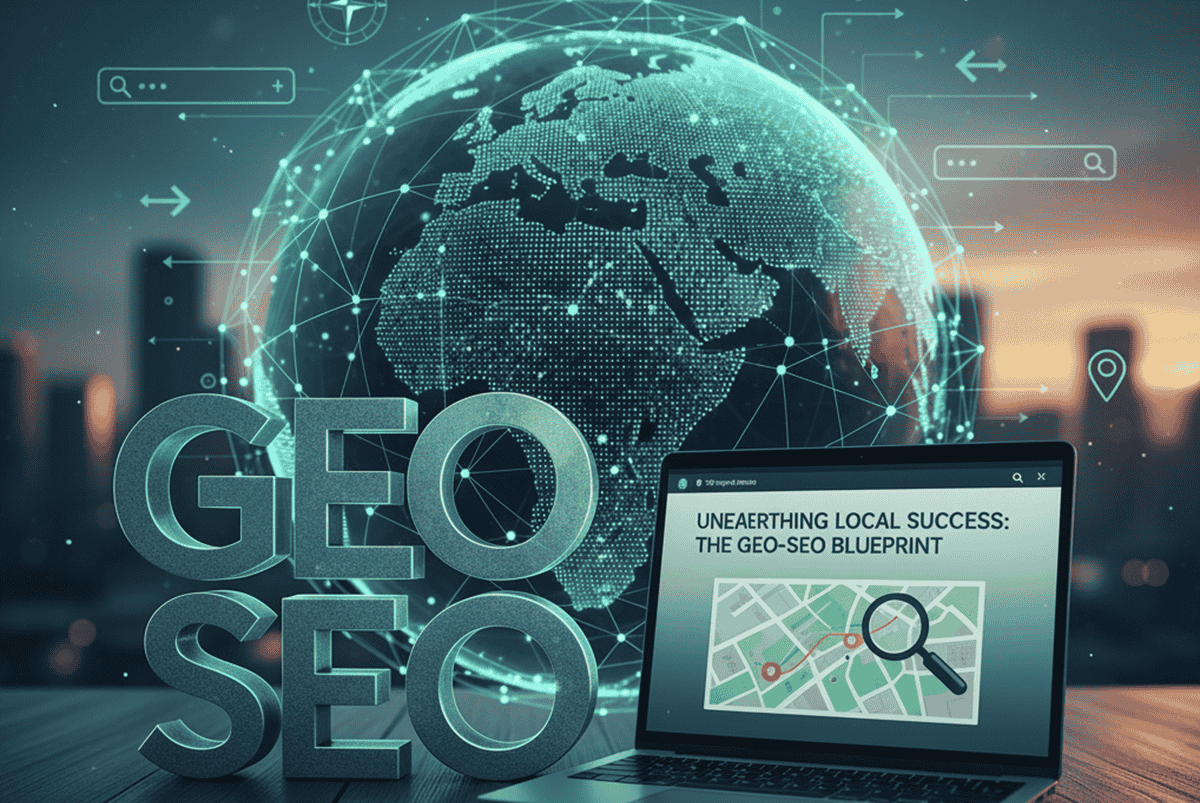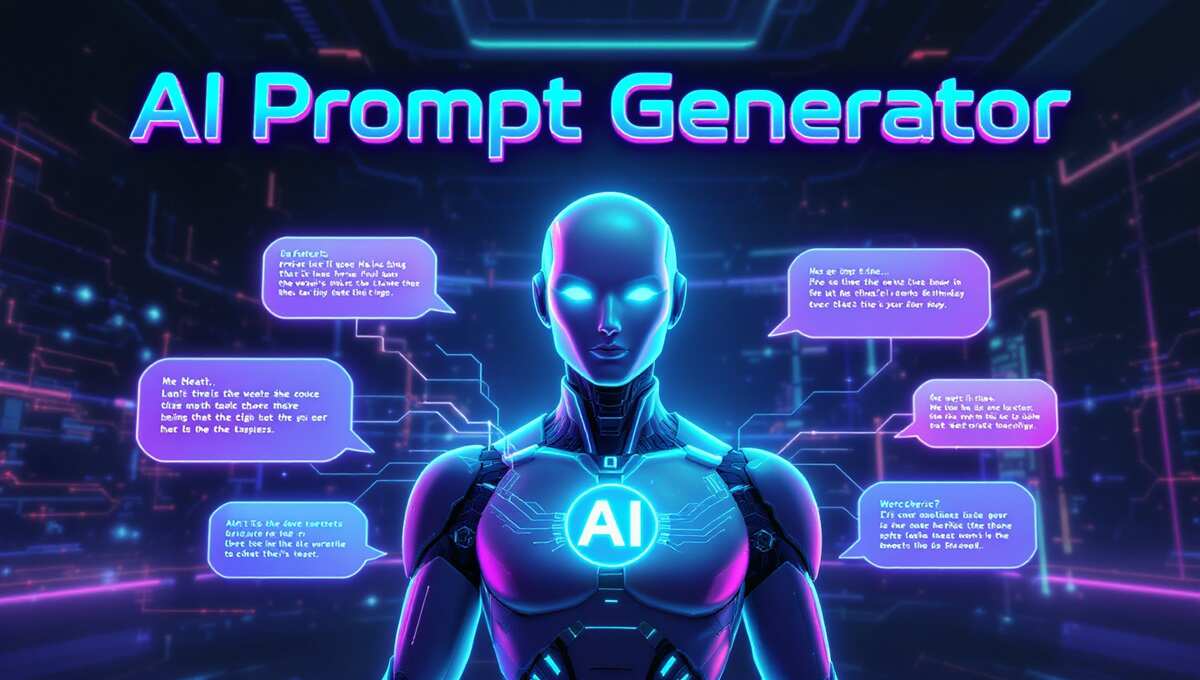
AI for Education: How AI Is Transforming Learning
Hey there! If you’ve ever wondered how AI is quietly revolutionizing classrooms—and what that means for students, teachers, and anyone who cares about learning—you’re in the right place. Let’s chat about the exciting ways AI is reshaping education, supported by the latest trends, real-world examples, and even global initiatives. lets deep analyze AI for Education and what is going to change in future,
What’s New with AI in Education
First off, AI in education isn’t science fiction—it’s happening right now, across the globe:
- Google’s Gemini for Education is being rolled out across more than 1,000 U.S. colleges and universities, helping personalize learning paths and administrative processes.
- In India, around 75 lakh (7.5 million) students in Uttar Pradesh government schools could benefit from the DLCCAI teacher training program, run by IIT Kanpur, which equips educators with AI, coding, and computational thinking tools.
- Greece partnered with OpenAI to bring ChatGPT Edu to secondary schools, positioning the country at the forefront of AI-enabled learning environments.
- At Duke University, a pilot study with OpenAI has launched “DukeGPT,” in addition to ChatGPT-4o, to explore AI’s academic impact—but with caution around misuse.
These examples show how AI is far more than tools—it’s becoming part of our educational fabric.
How AI Benefits Education—Real Talk, Real Impact
Let’s break down the key ways AI is making a difference:
1. Hyper-Personalized Learning
AI today adapts to each student’s pace, preferences, and knowledge gaps—but tomorrow’s systems will go deeper, layering in mood, engagement, and even environmental context.
Platforms like BYJU’S, Embibe, and Khanmigo already use personalization to boost test scores by up to 62%, with 67% of learners feeling more effective during studies.
2. AI-Powered Virtual Tutors
Think chatbots that explain, encourage, and guide—24/7. Georgia Tech’s “Jill Watson” AI assistant saved educators hundreds of hours while improving student satisfaction.
Soon, these tutors will span multiple languages and handle complex reasoning, offering real emotional and educational support.
3. Automating Administrative Tasks
Teachers spend too much time on grading, attendance, and scheduling. AI can streamline these tasks, freeing up hours each week to focus on students.
4. Immersive Learning with AI + AR/VR
Imagine walking through ancient Rome virtually or dissecting a frog in AR. AI-driven VR/AR will make these experiences more accessible and adaptive to each learner’s style.
5. Predictive Analytics & Recommendations
AI can spot slipping grades or disengagement early—and even suggest resources like videos, quizzes, or peer groups to help students much better.
6. Inclusion and Accessibility
Need subtitles, voice assistance, or translation? AI makes learning accessible for visually impaired, non-native speakers, and anyone needing support.
What Educators Are Saying: A Real-World Perspective
On Reddit, educators are buzzing about how AI is reshaping teaching:
“AI is now deeply embedded in classrooms, providing personalized learning and automating … tasks, allowing teachers to focus more on student engagement.
And others highlight the power of microlearning (tiny lessons designed for busy schedules) and tools like MagicSchool AI, NotebookLM, and Eduaide.AI as game-changers.Reddit
The chorus? AI isn’t just practical—it’s enabling smarter, more humane teaching.
The Big Conversation: Will AI Replace Teachers?
Great question—and the answer is clear: No, but it’s definitely changing the role of teachers.
- A 2023 academic study found that although AI is powerful, human teachers remain irreplaceable—especially when it comes to emotional intelligence, critical thinking, and personal connection.
- In India’s private Alpha School network, students learn through AI-driven software, but are supported by mentors (“Guides”)—not replaced.
So, teachers won’t vanish. They’ll evolve—from info-giver to mentor, encourager, and strategist.
Spotlights: Innovative AI Tools Changing Education
QANDA (by Mathpresso) helps students solve math problems using OCR and a dedicated Math-GPT model—and has already answered over 6.3 billion questions globally.
LearningRO, founded in 2025, offers quizzes, flashcards, and a chatbot (RoTutor) to help students revise for GCSEs, A-levels, and more—paperlesslyWikipedia
Wikipedia entries on Adaptive Learning show how AI customizes content delivery based on each learner’s responses.
Global Trends: A Whirlwind Tour by Country
- Estonia is distributing personal AI accounts to 16–17-year-olds under its “AI Leap” initiative—empowering 58,000 students and 5,000 teachers by 2027.
- A Reddit thread shows educators embracing AI tools like ChatGPT (especially the education-specific versions), immersive tech, and note-taking assistants—and trading tips on safe implementation.
Wrapping Up: Why AI for Education Matters (and How You Can Use It)
Let’s be real: AI isn’t a magic wand—but it’s incredibly powerful when used thoughtfully. Imagine learning paths that adapt to your mood. Tutors that answer, in your language, anytime. Classrooms where teachers coach, not just lecture.
To make it work:
- Embrace personalization, not one-size-fits-all.
- Automate where it helps, so humans can teach with intent.
- Use immersive tools to engage and inspire.
- Keep humans in the loop—AI is a partner, not a boss.
- Prioritize inclusion, so no student is left behind.
The future is not AI vs. educators—it’s AI + educators, working together to create richer, smarter learning.
Final Thoughts
There you have it—a conversational, deeply researched, and SEO-friendly blog post on AI for Education that stays human, informative, and aligned with the latest Google guidelines. Pair it with the Rank Math checklist, and you’ll be well on your way to ranking higher—and, more importantly, connecting with real readers.



